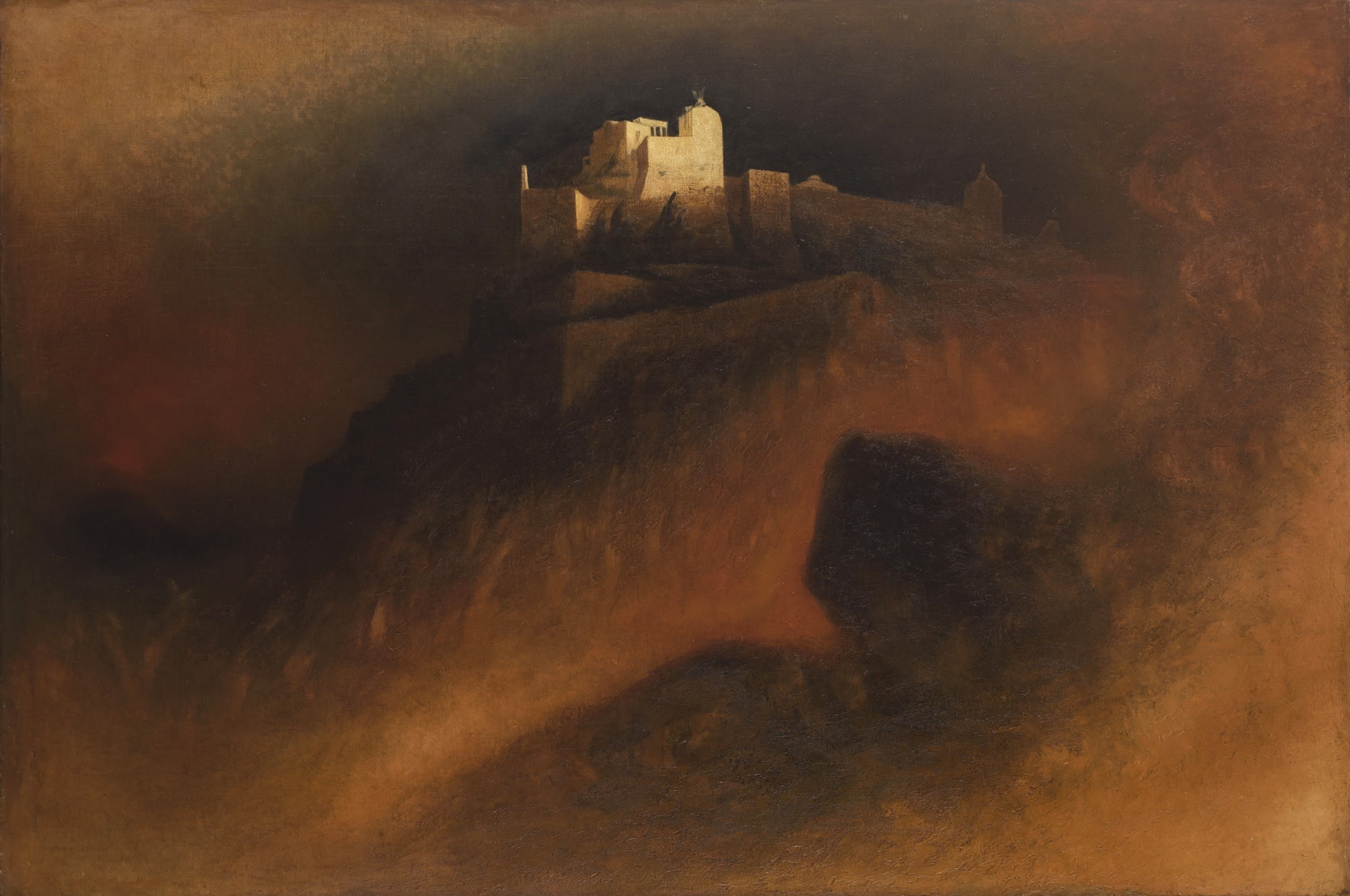Join the mailing list
Subscribe to our newsletter to receive all the news about exhibitions, fairs and new acquisitions!

Subscribe to our newsletter to receive all the news about exhibitions, fairs and new acquisitions!